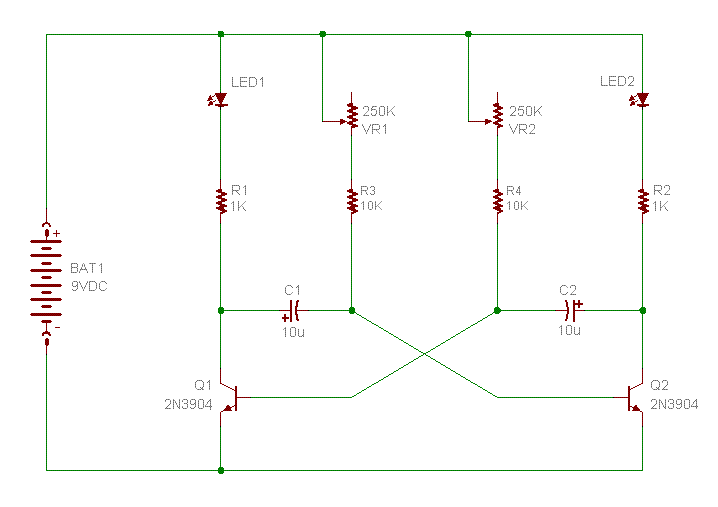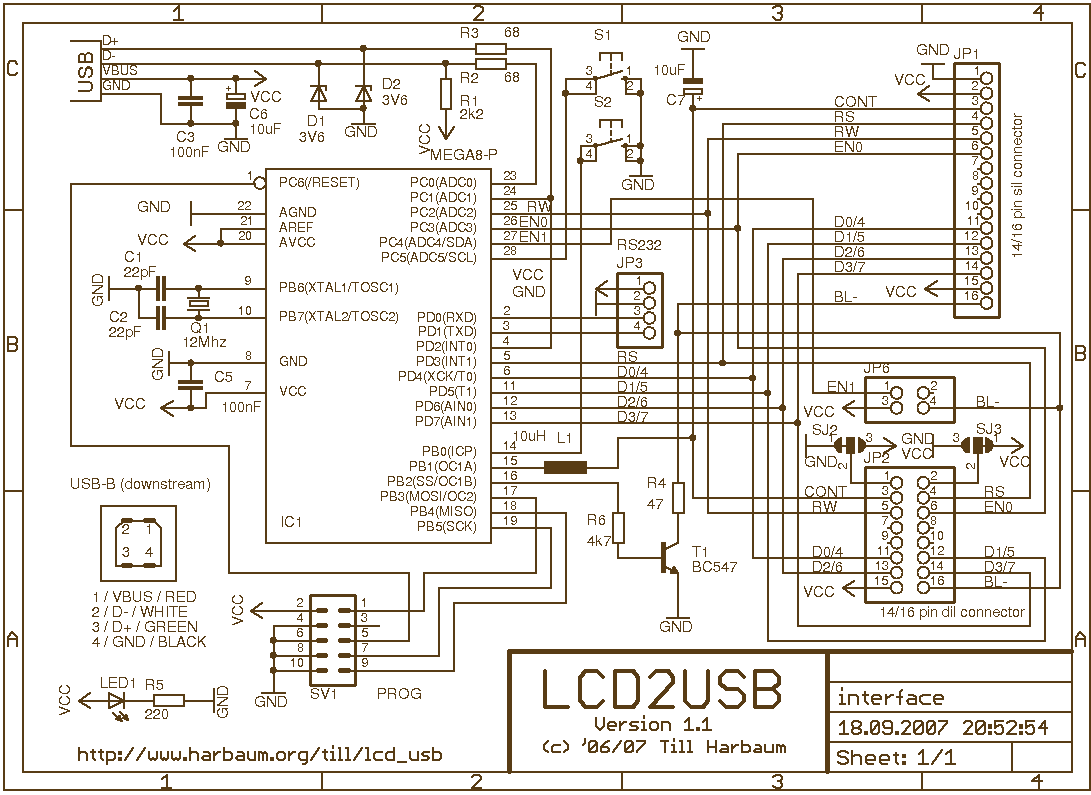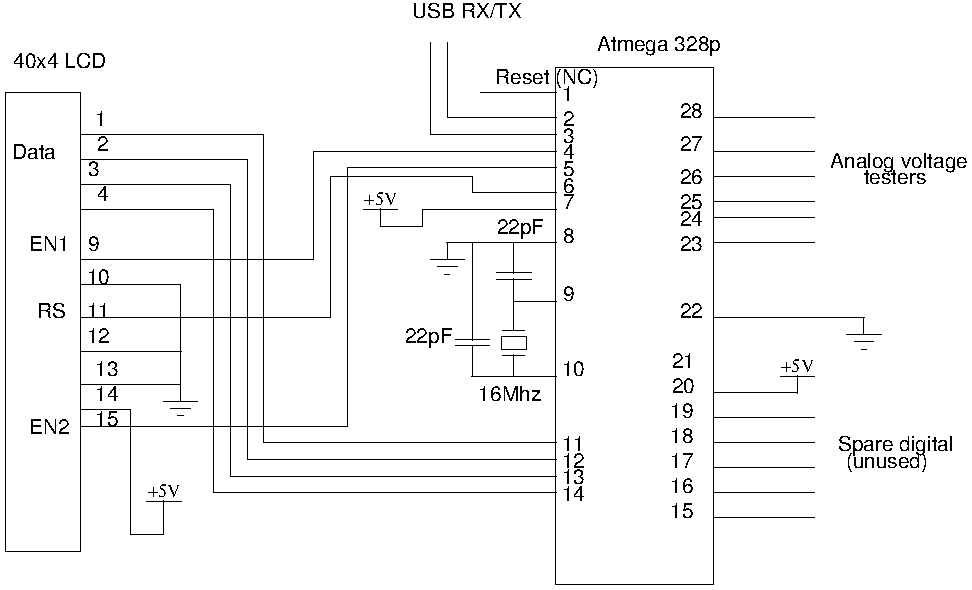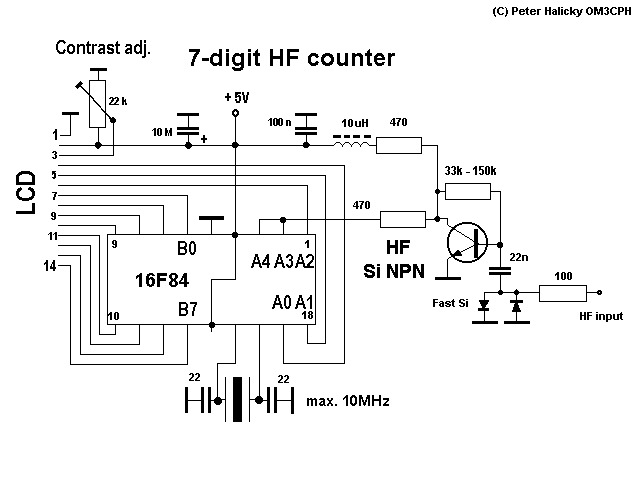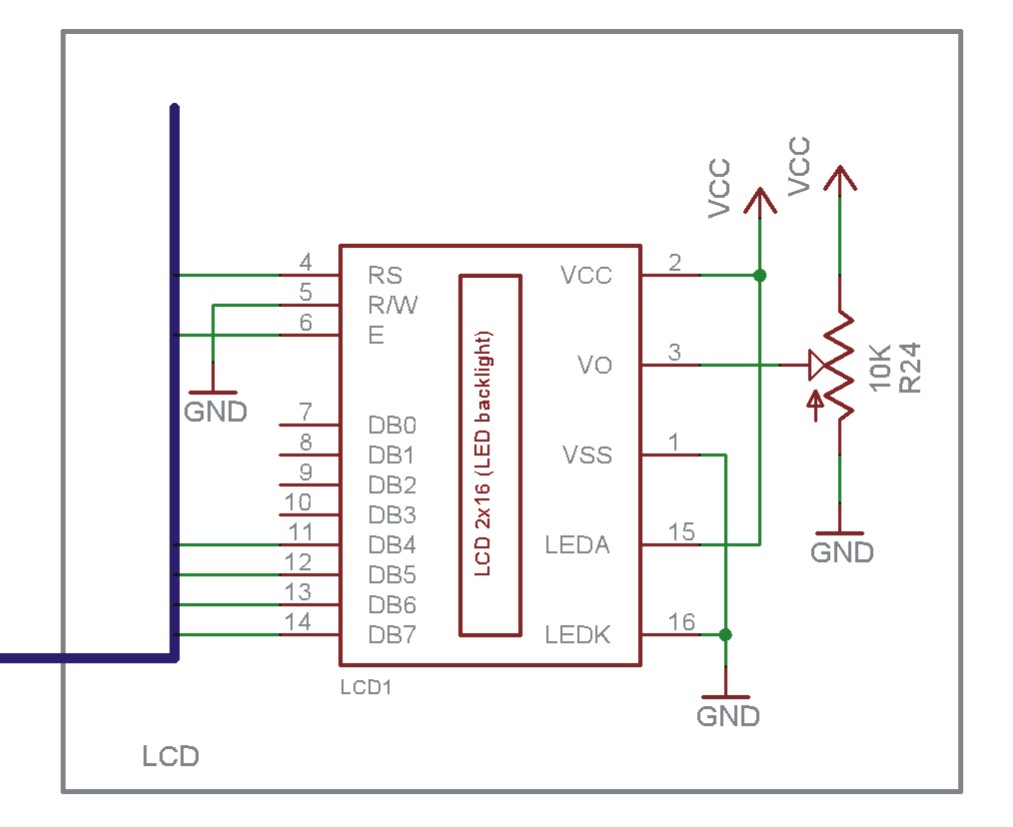
Make-Yourself ATmega32 Starters Kit with LCD I2C SPI RTC ADC interfaces
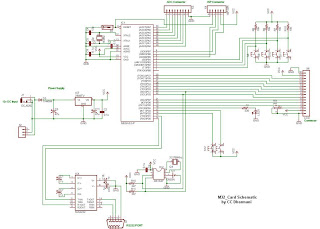
This is a home-made kit featuring the ATmega32 microcontroller interface. The ATmega32 controller is equipped with various features, including 32kB of in-system programmable flash memory, 1KB of EEPROM, 2KB of SRAM, a 10-bit ADC with 8 channels, an SPI bus interface, a TWI interface compatible with I2C, a USART, and an analog comparator. These features make it an ideal choice for this kit. The M32 card includes an LCD interface with contrast adjustment, an RS232 port for PC connectivity, a connector for 8 analog voltage inputs for ADC measurement, a Real-Time Clock IC DS1307 with battery backup, four general-purpose keys, two interrupt-generating keys, and an LED. The PCB is entirely home-made, created using the etching technique with Ferric Chloride.
The ATmega32 microcontroller is a versatile and powerful component widely used in embedded systems. It operates at a maximum clock speed of 16 MHz and supports multiple communication protocols, making it suitable for various applications. The integration of 32kB flash memory allows for substantial program storage, while the 1KB EEPROM provides non-volatile data storage, ideal for retaining configuration settings or calibration data.
The kit's design incorporates an LCD interface, which facilitates user interaction by displaying information and enabling user inputs. The contrast adjustment feature enhances visibility under different lighting conditions. The inclusion of an RS232 port allows for serial communication with a PC, enabling data exchange and monitoring of the microcontroller's operation.
The analog inputs connected to the ADC enable the measurement of varying voltage levels, making the kit suitable for sensor interfacing and data acquisition applications. The Real-Time Clock (RTC) IC DS1307 is crucial for timekeeping, providing accurate time and date information, with battery backup ensuring continued operation during power outages.
The user interface is enhanced by four general-purpose keys that can be programmed for various functions, while the two interrupt keys allow for immediate response to specific events, improving the kit's interactivity. The presence of an LED can be utilized for status indication or debugging purposes.
The home-made PCB, created using the etching method with Ferric Chloride, demonstrates a practical approach to prototyping and circuit design. This method allows for the customization of the circuit layout to meet specific project requirements, making it an invaluable skill for electronics enthusiasts and professionals alike. For those interested in PCB fabrication, tutorials and resources are available online to guide users through the process from layout design to etching and finishing.Here is my home-made kit of ATmega32 microcontroller interfacing. The ATmega32 controller is rich with features like onboard 32kB in-System programmable flash, 1 KB EEPROM, 2KB SRAM, 10bit ADC (8 channel), SPI bus inteface, TWI (compatible with I2C bus) interface, an USART, analog comparator, etc. That`s why I`ve selected it to load my kit with al l those features. This M32 card is having an LCD inteface with contrast adjustment, an RS232 port for connecting with PC, a connector for 8 analog voltage inputs to measure by ADC, a Real Time Clock IC DS1307 from maxim with battery back-up, four general purpose keys, two keys for generating interrupts and an LED. The PCB is completely home-made, using the etching technique with the Ferric Chloride chemical. If you want to know how to make a PCB yourself from your layout, visit following webpage, it`s really helpful:
🔗 External reference
The ATmega32 microcontroller is a versatile and powerful component widely used in embedded systems. It operates at a maximum clock speed of 16 MHz and supports multiple communication protocols, making it suitable for various applications. The integration of 32kB flash memory allows for substantial program storage, while the 1KB EEPROM provides non-volatile data storage, ideal for retaining configuration settings or calibration data.
The kit's design incorporates an LCD interface, which facilitates user interaction by displaying information and enabling user inputs. The contrast adjustment feature enhances visibility under different lighting conditions. The inclusion of an RS232 port allows for serial communication with a PC, enabling data exchange and monitoring of the microcontroller's operation.
The analog inputs connected to the ADC enable the measurement of varying voltage levels, making the kit suitable for sensor interfacing and data acquisition applications. The Real-Time Clock (RTC) IC DS1307 is crucial for timekeeping, providing accurate time and date information, with battery backup ensuring continued operation during power outages.
The user interface is enhanced by four general-purpose keys that can be programmed for various functions, while the two interrupt keys allow for immediate response to specific events, improving the kit's interactivity. The presence of an LED can be utilized for status indication or debugging purposes.
The home-made PCB, created using the etching method with Ferric Chloride, demonstrates a practical approach to prototyping and circuit design. This method allows for the customization of the circuit layout to meet specific project requirements, making it an invaluable skill for electronics enthusiasts and professionals alike. For those interested in PCB fabrication, tutorials and resources are available online to guide users through the process from layout design to etching and finishing.Here is my home-made kit of ATmega32 microcontroller interfacing. The ATmega32 controller is rich with features like onboard 32kB in-System programmable flash, 1 KB EEPROM, 2KB SRAM, 10bit ADC (8 channel), SPI bus inteface, TWI (compatible with I2C bus) interface, an USART, analog comparator, etc. That`s why I`ve selected it to load my kit with al l those features. This M32 card is having an LCD inteface with contrast adjustment, an RS232 port for connecting with PC, a connector for 8 analog voltage inputs to measure by ADC, a Real Time Clock IC DS1307 from maxim with battery back-up, four general purpose keys, two keys for generating interrupts and an LED. The PCB is completely home-made, using the etching technique with the Ferric Chloride chemical. If you want to know how to make a PCB yourself from your layout, visit following webpage, it`s really helpful:
🔗 External reference
